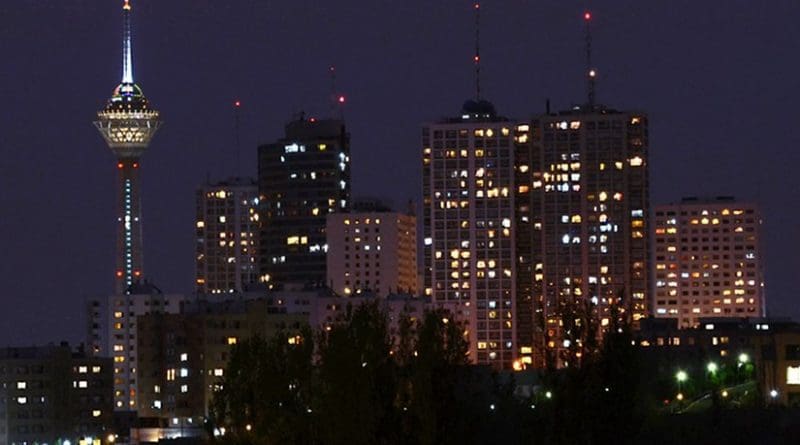UN Conference On Disaster Information Management Held In Tehran
The High-level Regional Conference on Information Management for Disaster Risk Reduction (DRR) and Resilience opened today in Tehran with a strong focus on regional cooperation for combating sand and dust storms in Asia and the Pacific.
Sand and dust storms, along with drought, land degradation, desertification and wind erosion, present a formidable challenge to sustainable development. Approximately 2 trillion tons of dust is emitted into the atmosphere each year, with the Asia-Pacific region contributing 27 per cent to global emissions. Disaster risks are also outpacing disaster resilience, and the gap is growing in the countries with the least capacity to prepare for or respond to disasters.
Recognizing these challenges, the United Nations Economic and Social Commission for Asia and the Pacific (ESCAP) and the Government of the Islamic Republic of Iran today signed an Agreement to establish the Asian and the Pacific Centre for the Development of Disaster Information Management (APDIM) in Tehran. The Centre will strengthen regional cooperation in DRR and promote effective policies for inclusive, sustainable and resilient development in the region.
In her opening statement, UN Under Secretary-General and Executive Secretary of ESCAP Dr. Shamshad Akhtar highlighted that disasters impede the social and economic development of nations and communities at a global scale, and underlined the importance of finding sustainable solutions to address these risks in the highly vulnerable Asia-Pacific.
“Disaster risk reduction and resilience building is a top priority for ESCAP,” said Dr. Akhtar. “Establishing APDIM and the regional conference in Tehran is just one example of how we are supporting countries to increase their resilience through targeted capacity development for disaster information management and knowledge sharing.”
The significant and increasing impacts of sand and dust storms affect a range of Sustainable Development Goals (SDGs) related to human health, productivity, agriculture, infrastructure and transport. Therefore, reducing the harmful impacts of sand and dust storms will be essential to making progress on the SDGs.
In response, ESCAP has conducted an analytical study that proposes a four track-strategy for a regional cooperation mechanism for mitigating and adapting to sand and dust storms. The strategy suggests addressing the drivers through a multiple-hazard approach; developing a sand and dust storms alert system; establishing an Asia-Pacific sand and dust storm network, and leveraging the APDIM for enhanced technical support.

